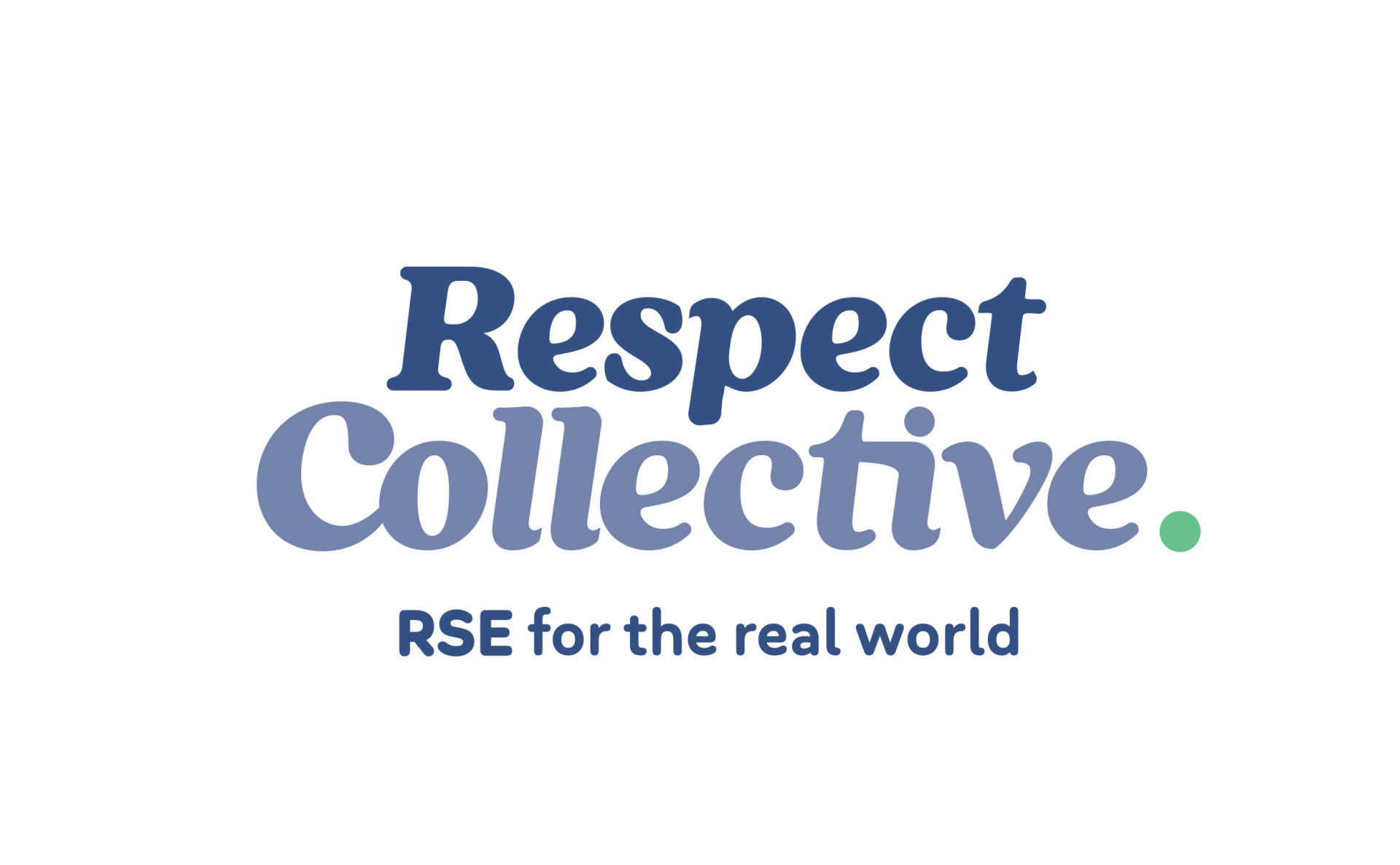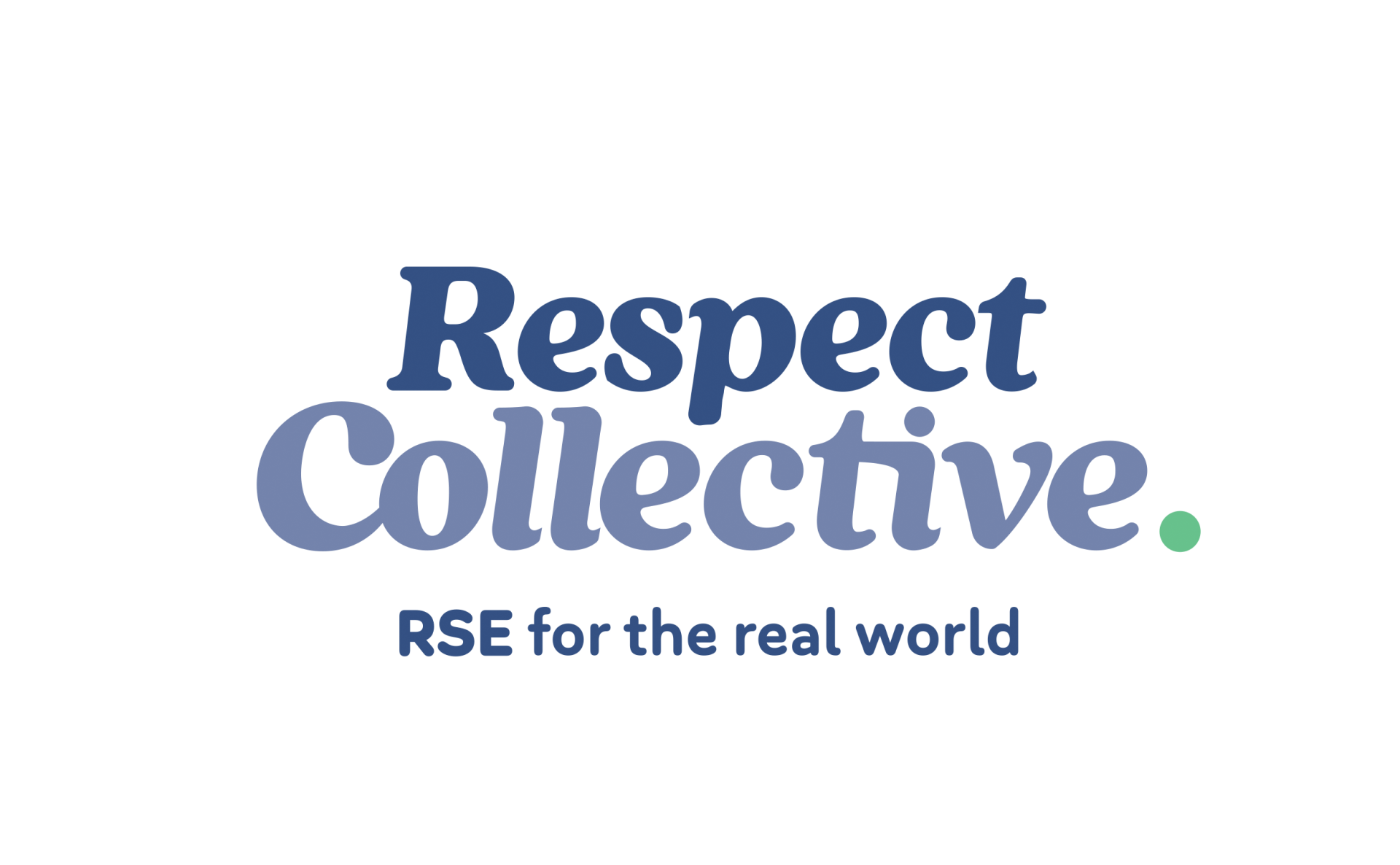In this Physical Touch- What's Ok And What's Not Ok? lesson, students will develop their understanding of the concepts of unwanted touch and sexual harassment.
The first half of the lesson involves establishing definitions and understandings of the concepts of sexual touch, inappropriate touch, and sexual harassment. In the second half of the lesson, students will work through a number of case studies to put the concepts into practise.
Each lesson ends with a consolidation activity, inviting students to list 1
thing they have learnt from the lesson, 1 thing they already knew, 1 piece of
advice they would share with a friend, and 1 adult or organisation that would
be helpful in relation to the lesson topic.


